Exploration of South America and the Antarctic
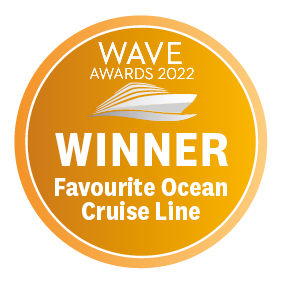
Sister ship of our flagship Bolette, Borealis joined us 2020, and is perfectly suited for enjoying scenic cruising of the world's lesser-known waterways. From cruising past remarkable landscapes and historical sites to capturing the beauty of the natural world.
Fred Olsen Cruises combine quality cruise experiences with customer-friendly value. They’ve plied the waves for 175 years, and are still going as strong today as their first day at sea.
Offering a stylish & understated style of traditional cruising, the line prides itself on its Signature Experience programme- helping passengers to gain an in-depth understanding of their destinations.
Ideal for passengers seeking a laid-back cruise, with an informal and friendly atmosphere aboard.

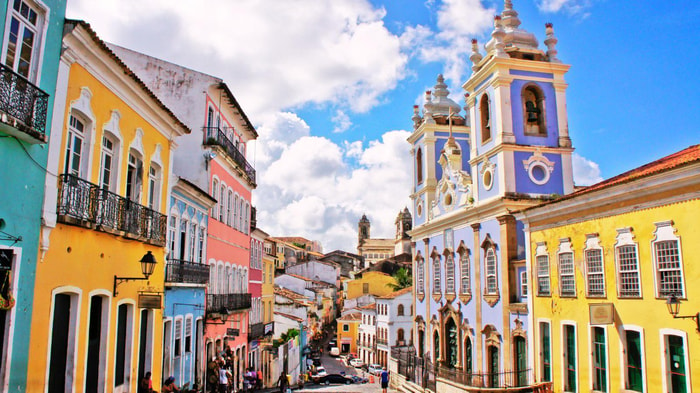
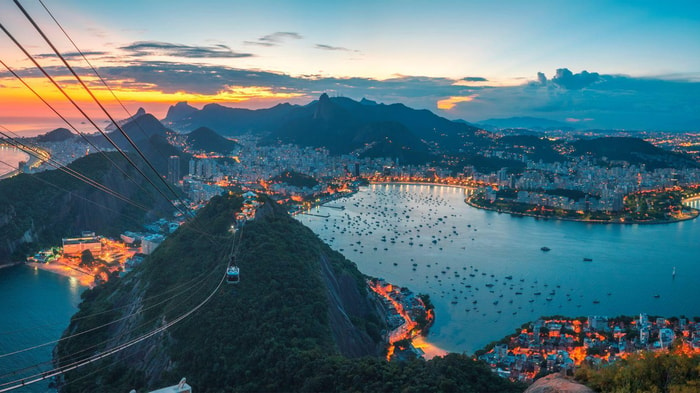
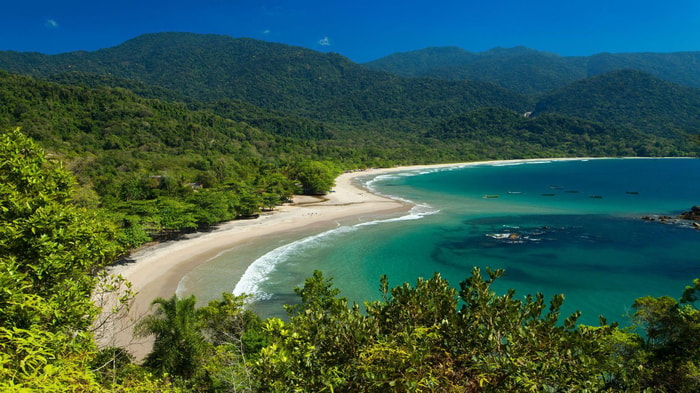
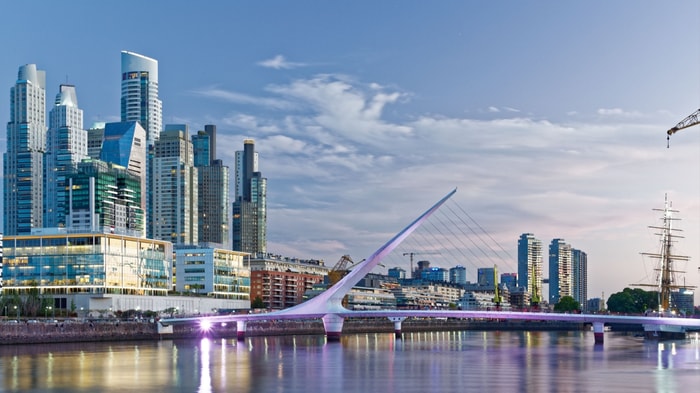
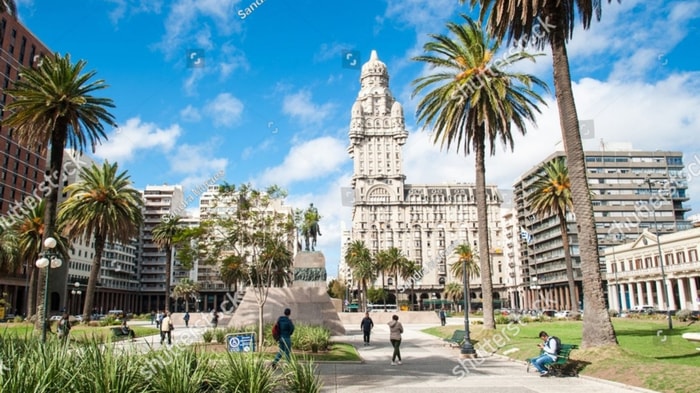
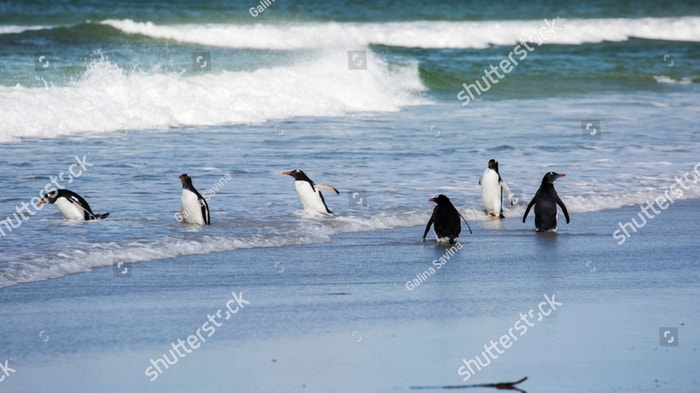

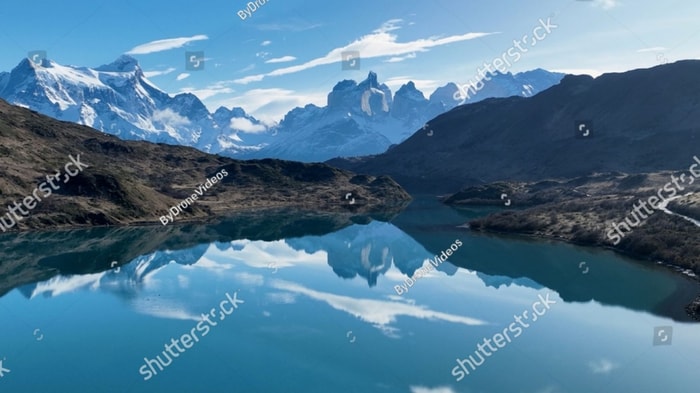

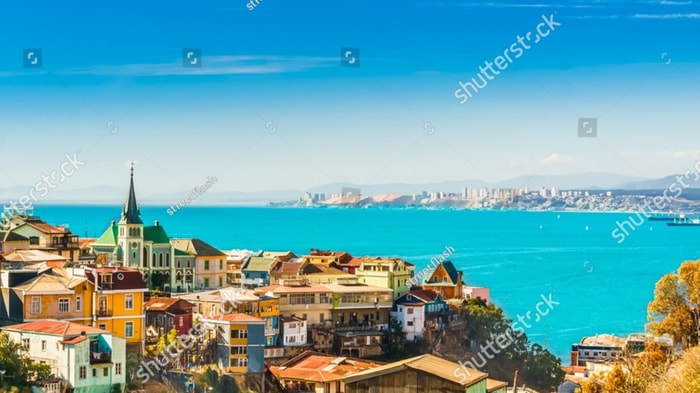


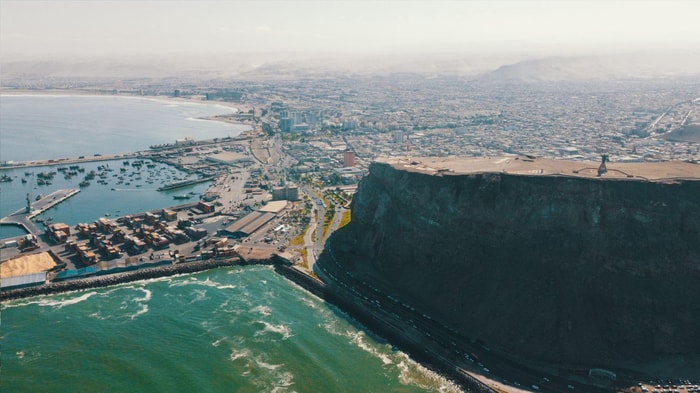












Sister ship of our flagship Bolette, Borealis joined us 2020, and is perfectly suited for enjoying scenic cruising of the world's lesser-known waterways. From cruising past remarkable landscapes and historical sites to capturing the beauty of the natural world.
